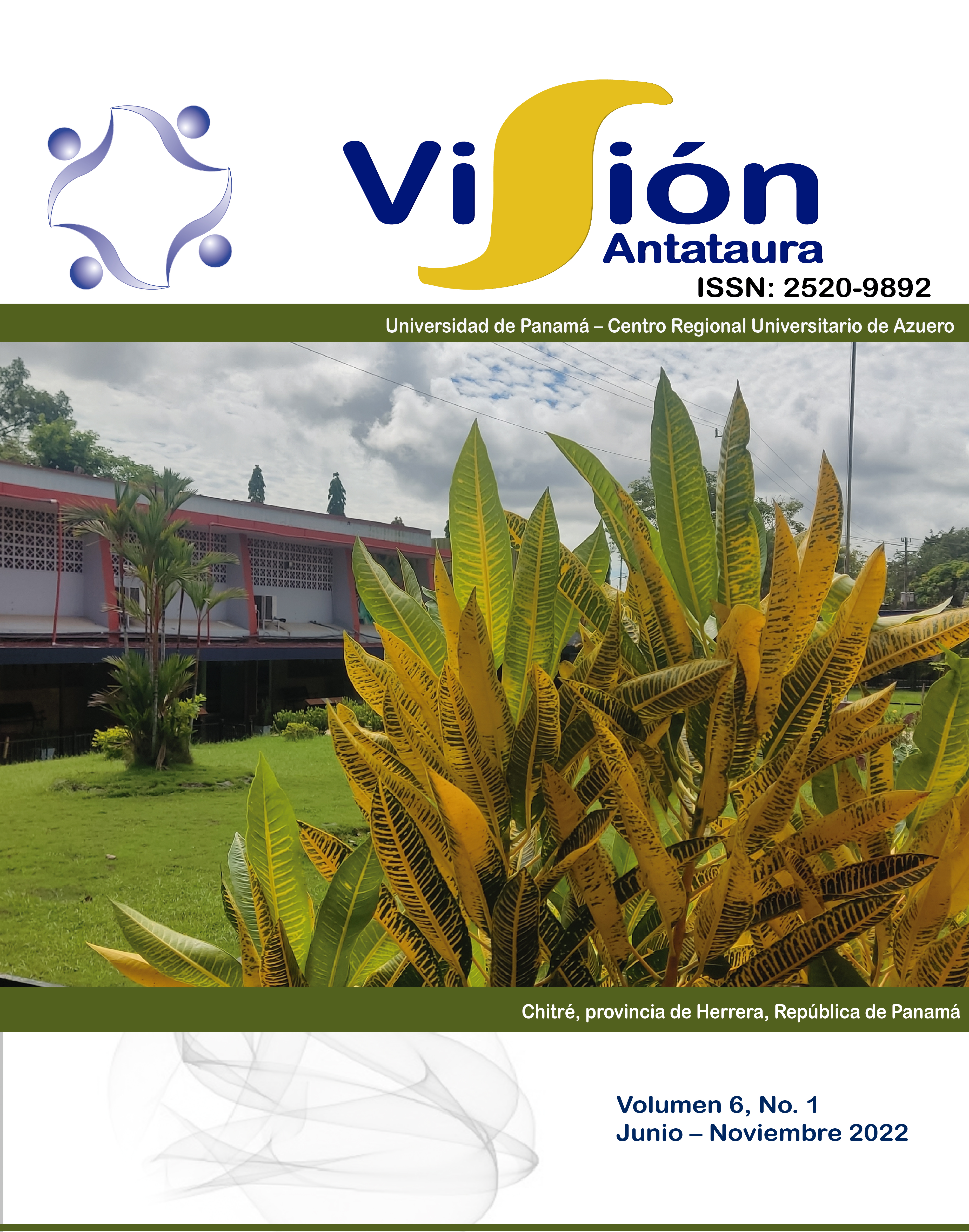References
Armas, L.F. (1980). Aspectos de la biologi?a de algunos escorpiones cubanos. Poeyana 211, 1-23.
https://books.google.com.pa/books?id=uvQgAQAAIAAJ&q=Aspectos+de+la+biolog%C3%ADa+de+algunos+escorpiones+cubanos.+Poeyana+211,+1-23.&dq=Aspectos+de+la+biolog%C3%ADa+de+algunos+escorpiones+cubanos.+Poeyana+211,+1-23.&hl=es-419&sa=X&ved=2ahUKEwjt4t-Ysb_3AhXSY98KHQdfBuwQ6wF6BAgCEAE
British Arachnological Society. (1989). Bulletin - British Arachnological Society, Volumen 8.
Brownell PH, Polis G. (2001). Scorpion Biology and Research. Oxford University Press.
Crawford, C.S., Krehoff, R.C. (1975). Diel activity in sympatric populations of the scorpions Centruroides sculpturatus (Buthidae) and Diplocentrus spitzeri (Diplocentridae). Journal of Arachnology, 2 (3) 195-204. https://www.jstor.org/stable/3704933
Edney, E.B. (1977). Water balance in land arthropods. Springer-Verlag, 64(2)1-287. https://www.sciencedirect.com/science/article/abs/pii/0300962979906509
Francke, O. F. & D. Quintero A. 9(2). (1984). Origen y Distribucio?n de la Escorpiofauna de Panama?. Biogeography Mesoamerican Symposium, 27 octubre 1984, Me?rida, Yucata?n, Me?xico. https://revistas.up.ac.pa/index.php/tecnociencia/article/view/823
Flo?rez, D.E. (2001). Sinopsis de los escorpiones de la familia Buthidae en Colombia. (Tesis de Maestría en Biologi?a-Sistema?tica), Departamento de Biologi?a, Universidad Nacional de Colombia, Bogota?. http://revistas.humboldt.org.co/index.php/biota/article/view/87
Kaltsas, D., Stathi, I., Mylonas, M. (2009). Intraspecific differentiation of social behavior and selection in Mesobuthus gibbosus (Brule?, 1832) (Scorpiones: Buthidae). J. Ethol. 27(6), 467–473. https://link.springer.com/article/10.1007/s10164-008-0144-6
Lighton, J.R.B., Brownell, P.W., Joos, B., y Turner, R.J., (2001). Low metabolic rate in scorpions: implications for population biomass and cannibalism. J. Exp. Biol. 204(3):607–613. https://www.researchgate.net/publication/12159649_Low_metabolic_rate_in_scorpions_Implications_for_population_biomass_and_cannibalism
Lourenc?o, W. R. y Méndez E. (1984). Inventario preliminar sobre la fauna de escorpiones de Panamá?, con algunas consideraciones taxonómicas y biogeográficas. Revista de Biología Tropical 32 (1), 85-93. https://revistas.ucr.ac.cr/index.php/rbt/article/view/24845
Lourenc?o W.R. (1986). Les modéles de distribution ge?ographique de quelques groupes de Scorpions ne?otropicaux. Comptes Rendus des Se?ances de la Socie?te? de Bioge?ographie 62, (2) 61-83.
Lourenc?o, W.R. (1986). Tityus cerroazul, nouvelle espe?ce de scorpion de Panama (Scorpiones, Buthidae). Bull. Mus. Natn. Hist. Nat., Paris, 4a se?rie, section A. Zool., Biol. & Ecol. Anim., 8(3), 637-641. http://bionames.org/bionames-archive/issn/0181-0626/8/637.pdf
Lourenço W.R., y Otero-Patiño, R. (1998). Tityus antioquensis sp., a new species of scorpion from the Department Antioquia, Central Cordillera of Colombia (Scorpiones, Buthidae), with a checklist and key for the Colombian species of the genus. Mitt hamb zool Mus Inst 12(158), 297-307. http://bionames.org/references/7f33a2e67bd53162209b9d5b43c95632
Motevalli, H.F., Mogaddam, M.Y., Enayati, A.A., Dehghani, R., Fazeli-Dinan, M. (2018). Biodiversity species and ecological distribution of scorpions in the city of Darmian, Southern Khorasan, Iran. Iran J Health 6(4), 10–21. https://jhs.mazums.ac.ir/article-1-590-en.pdf
Nime, M.F., Casanoves, F., Vrech, D.E., Mattoni, C.I. (2013). Relationship between environmental variables and surface activity of scorpions in the Arid Chaco ecoregion of Argentina. Invertebrate Biology 132(2), 145-155. https://ri.conicet.gov.ar/handle/11336/7959
Polis, G.A., Mc Cormick, S.J. (1987). Intraguild predation and competition among species of desert scorpions. Ecology, 68 (2), 332–343. https://www.jstor.org/stable/1939264
Polis, G.A. (1990). The Biology of Scorpions. Stanford University Press, Stanford. https://www.science.org/doi/10.1126/science.249.4973.1176
Polis, G.A. (1990). Ecology. En: Polis G.A. (ed) The Biology of Scorpions, 247-293. Stanford University Press. https://www.worldcat.org/title/biology-of-scorpions/oclc/18991506
Ponce Saavedra, J., Francke, O., Suzán, H. (2006). Actividad Superficial y utilización del habitat por Centruroides balsasensis. Ponce y Francke (Scorpiones: Buthidae Biológicas, 8(1), 130-137. https://www.biologicas.umich.mx/index.php?journal=biologicas&page=article&op=view&path%5B%5D=8
Prendini, L., Bird, T.L. (2008). Scorpions of the Brandberg Massif, Namibia: species richness inversely correlated with altitude. Afr. Invert. 49, (2) 77–107. https://journals.co.za/doi/abs/10.10520/EJC84629
Price, P.W., Denno, R.F., Eubanks, M.D., Finke, D.L., Kaplan, I. (2011). Insect Ecology: Behavior, Populations and Communities. Nueva York: Cambridge University Press. 144 (3). 816 p. https://onlinelibrary.wiley.com/doi/full/10.1111/j.1570-7458.2012.01294.x
Punzo, F. (1989). Comparative temperature and water relations and hemolymph osmoregulation in the desert insects, Taeniopoda eques and Schistocerca vaga (Orthoptera, Acrididae). Comp. Biochem. Physiol. 93A, 751-755. https://www.academia.edu/18955169/Temperature_and_water_relations_in_desert_bees
Pulz, R. (1987). Thermal and water relations. In W. Nentwig (ed.), Ecophysiology of spiders: 26-55. Springer-Verlag.
Quintero, D.A., y Miranda, R.J. (2007). Tityus cerroazul Lourenço (Scorpiones: Buthidae): nueva sinonimia, notas sobre su biología, nuevos registros de distribución en Panamá, descripción del macho previamente desconocido y picadura mortal de un niño. Tecnociencia, 9(2), 121-135. https://revistas.up.ac.pa/index.php/tecnociencia/article/view/823
San Marti?n, P., De Gambardella, L. (1961). Contribucio?n a la ecologi?a de los escorpiones (Bothriuridae). Ha?bitat de tres especies de Bothriurus del Uruguay y su aplicacio?n en la sistema?tica. Bulletin (Ala Mus Nat Hist) 39(2), 188-196. https://www.biodiversitylibrary.org/part/267676
Stahnke, H.L. (1972). UV light, a useful field tool. Bioscience, 22(10), 604-607. https://doi.org/10.2307/1296207
Stevenson, D.J., Greer, G. y Elliott, M.J. 2012. The Distribution and Habitat of Centruroides hentzi (Banks) (Scorpiones, Buthidae) in Georgia. Southeastern Naturalist, 11 (4), 589-598. https://www.jstor.org/stable/41819783
Víquez, C., De Armas, L.F., Lourenc?o, W. (2005). Presencia de Tityus cerroazul (Scorpiones: Buthidae) en Costa Rica y descripción del macho. Boletín de la Sociedad Entomológica Aragonesa 36, 93-96. https://www.researchgate.net/publication/236029569_Presencia_de_Tityus_cerroazul_Lourenc_co_ 1986_Scorpiones_Buthidae_en_Costa_Rica_y_descripcion_del_macho
Warburg, M. R. y Polis. G.A. (1990). Behavioral Responses, Rhythms, and Activity Patterns. In The Biology of Scorpions, G. A. Polis(ed.). Stanford University Press. Stanford, California p. 224-246.
Williams, S.C., (1970). Coexistence of desert scorpions by differential habitat preference. The Pan-Pacific Entomologist. 46, (4) 254–267. http://www.nativefishlab.net/library/textpdf/12049.pd

